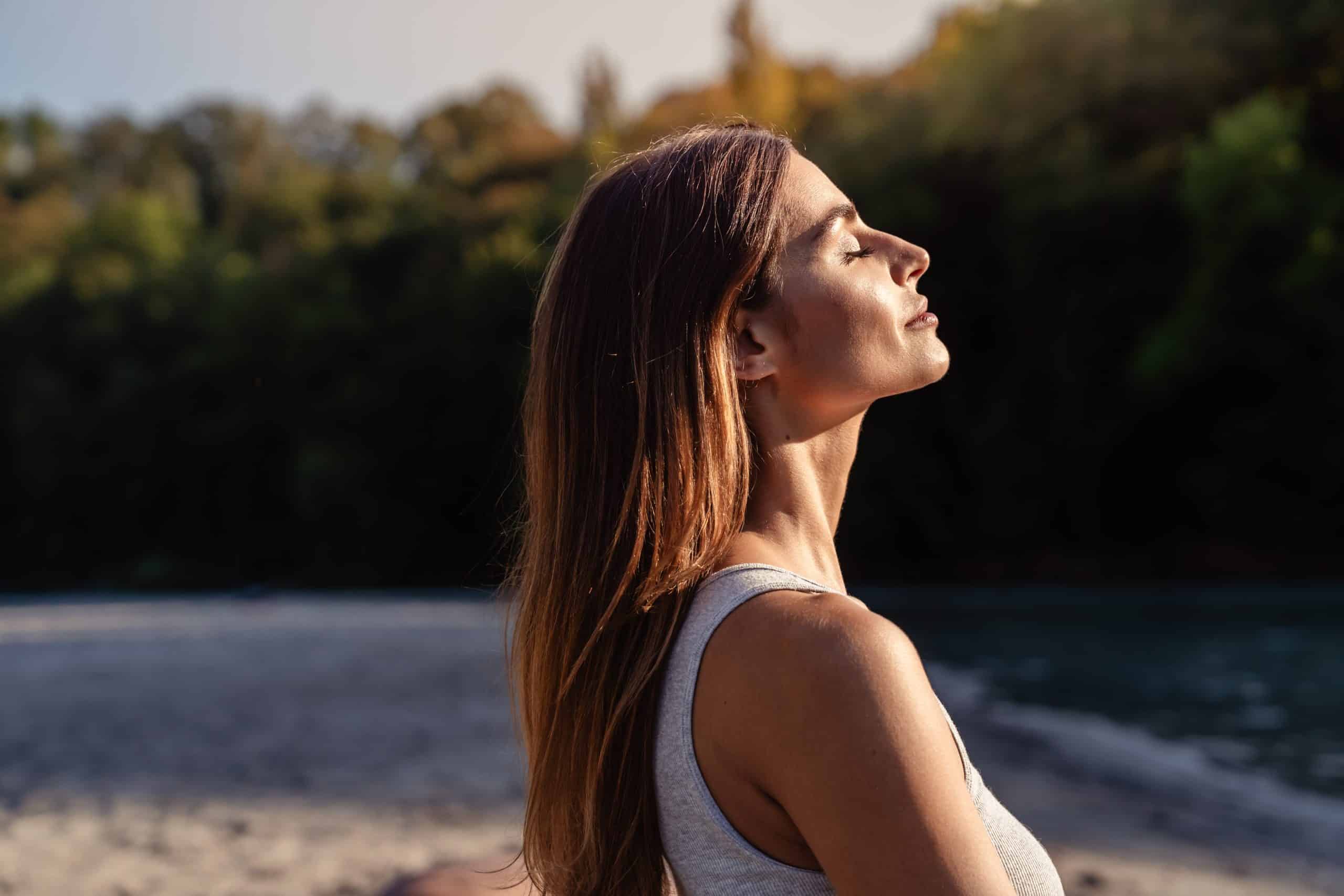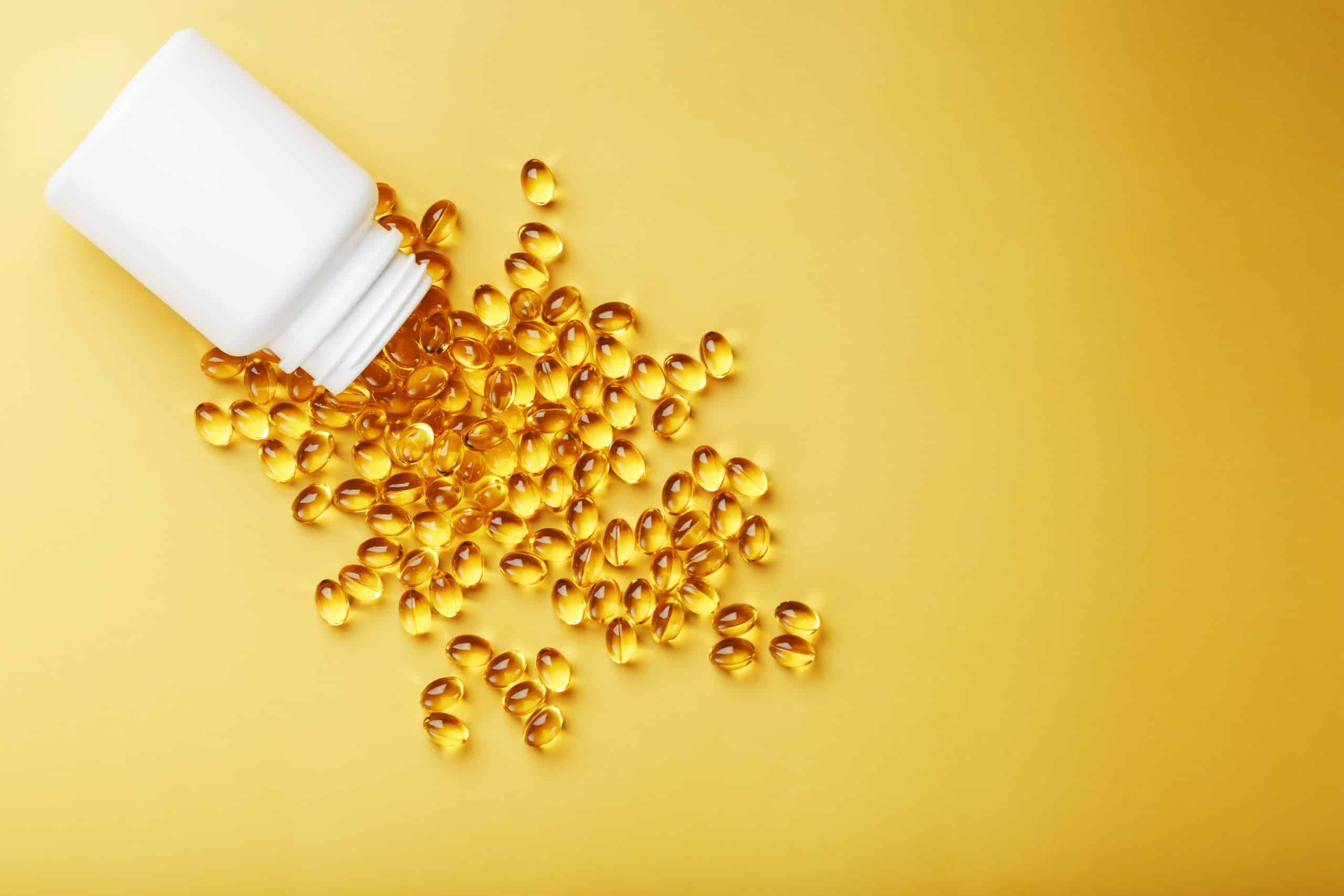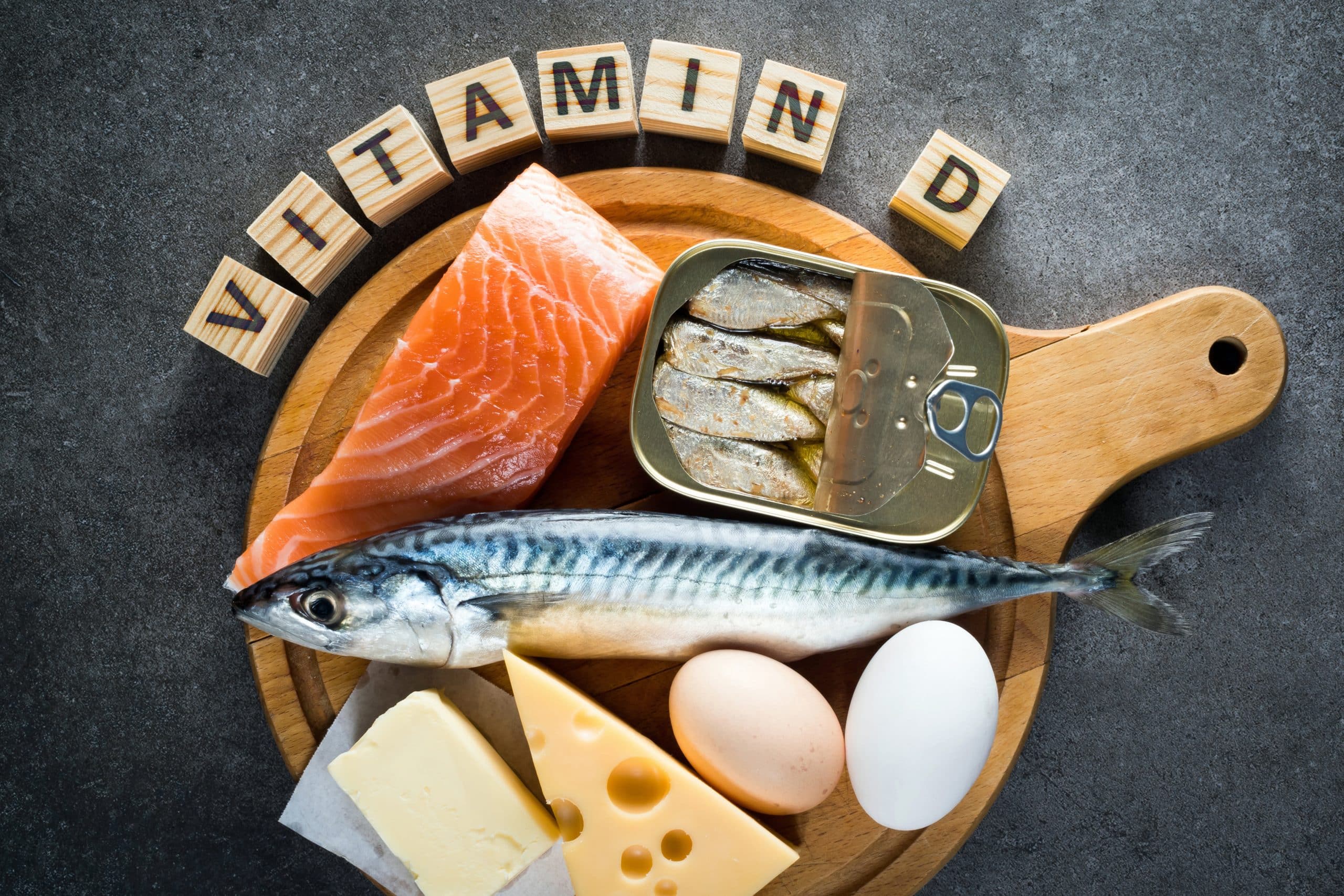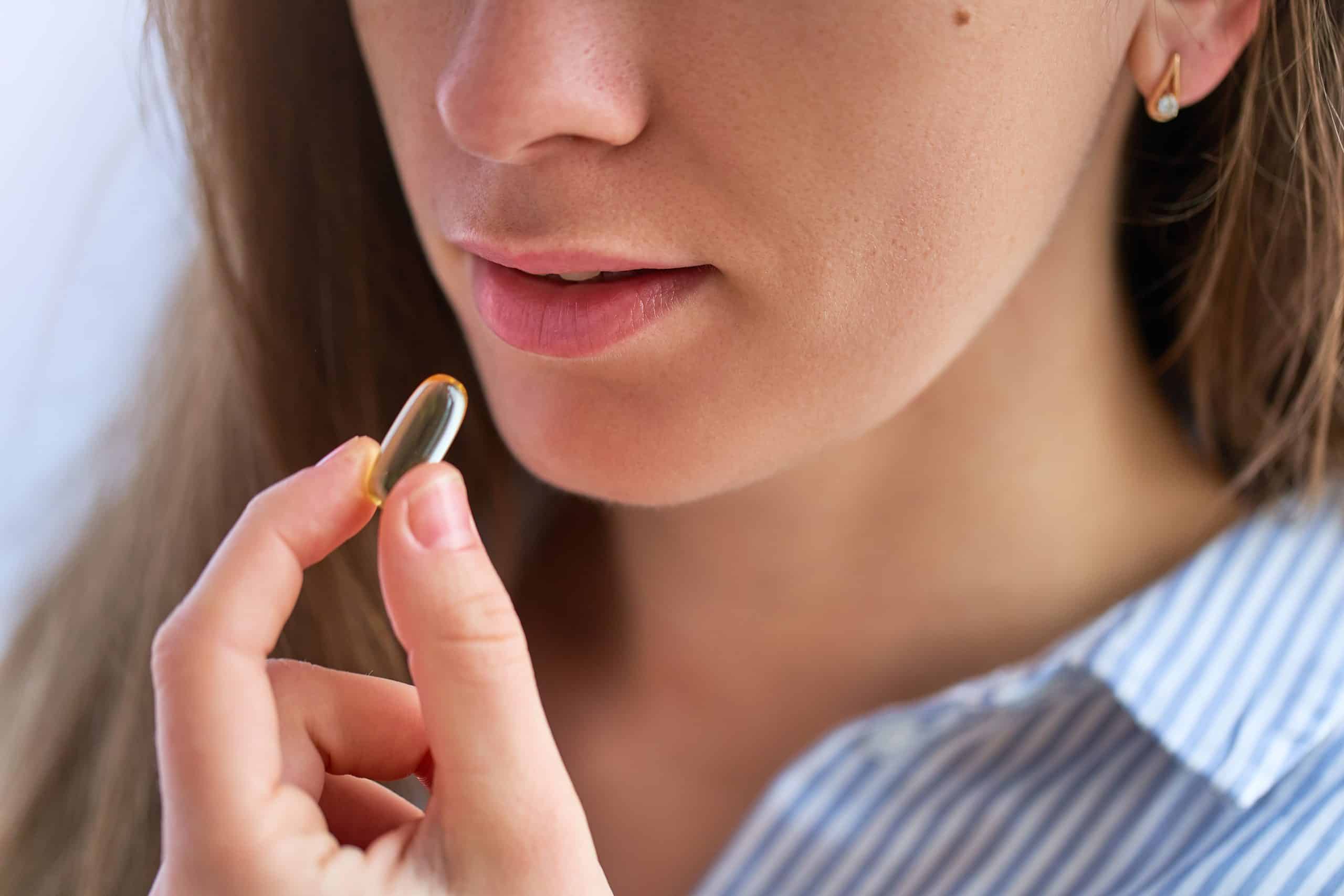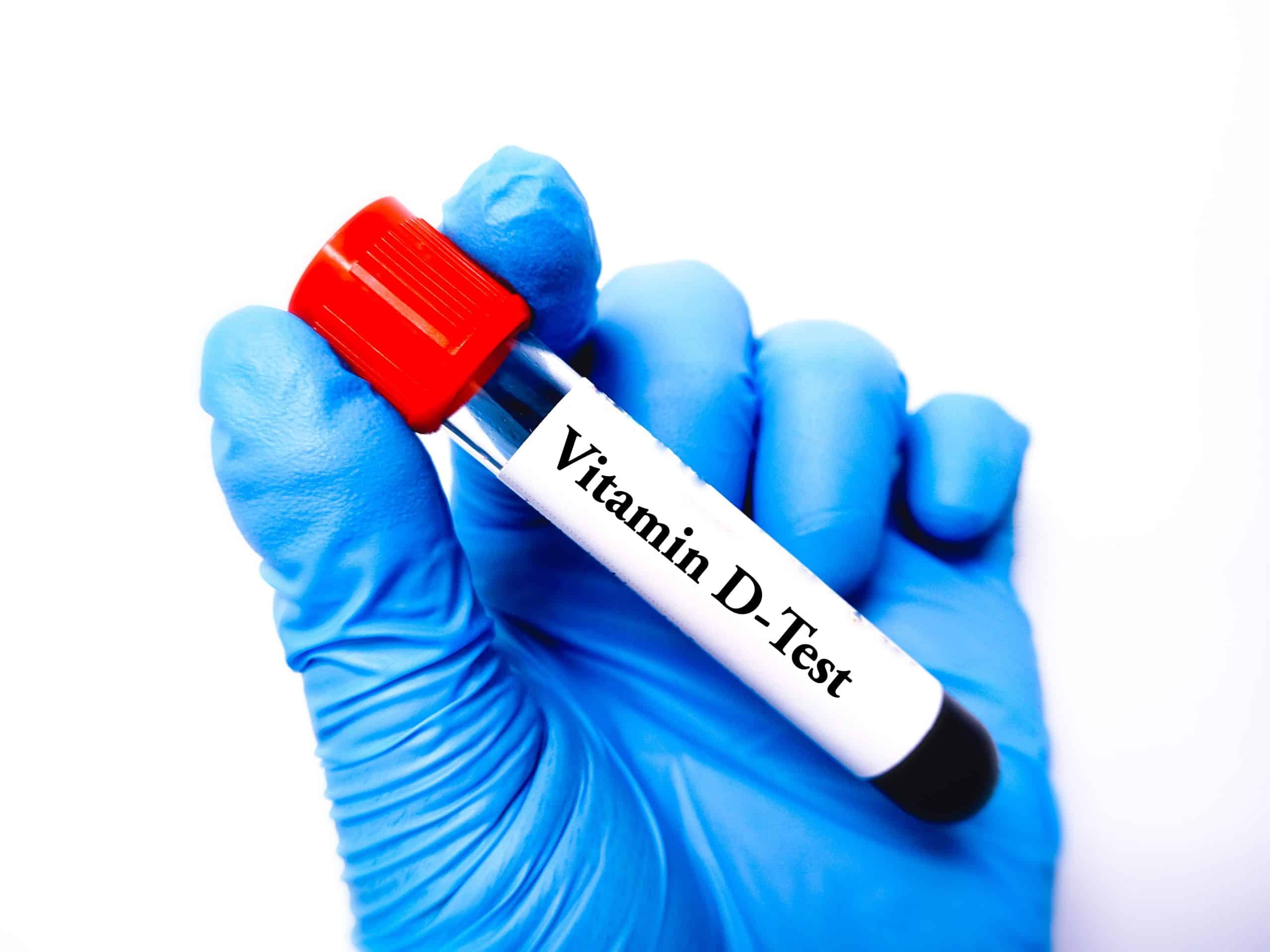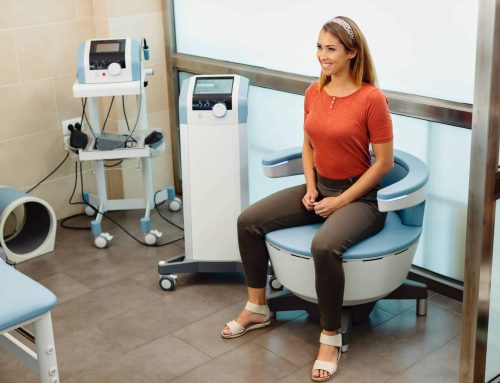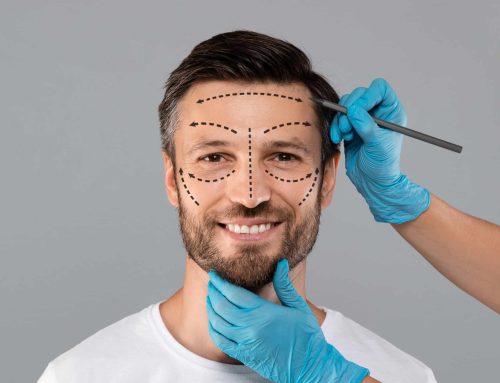Vitamin D: Are You Getting Enough?
Did you know that 35% of adults in the United States are vitamin D deficient?
Believe it or not, vitamin D impacts your physical and mental health. You may already be aware of this, but the best source of vitamin D is the sun. Dr. Jill Wade, general and cosmetic dentist based in Frisco, Texas, says, “It has its pros, it has its cons, but when it comes down to vitamin D, [the sun is] your best source.”
When considering going out into the sun, keep in mind that you need to have some skin exposure to actually reap the benefits of the sun’s rays. That means exposing more than just your face. “It’s not just being in the presence of it,” states Dr. Jill Wade, DDS, MAGD of Stonebriar Smile Design. “It’s actually to allow enough surface area of your skin to actually see the sun.” She suggests exposing your arms to the sun for fifteen to twenty minutes every day.
Laura Lewis-Edwards, health and beauty expert, recalls an advertising campaign around orange juice where marketers referred to vitamin C as the “sunshine vitamin” because they were promoting oranges which are mostly grown in what we call “sunshine states.” However, while vitamin C may come from oranges and other food sources, the body manufactures vitamin D via sun exposure or full-spectrum light. Vitamin D is a type of hormone that has such a huge impact on the systems in your body. Be aware, though, there is such a thing as “too much” vitamin D.
How Much Is Too Much?
A cautionary tale, relayed by Laura Lewis-Edwards, involves her daughter, who spends most of her days outside. She’d been taking vitamin D supplements in addition to spending time in the sun. When she had a visit to her doctor, who screened her blood, she found her vitamin D levels to be too high. Consequently, she had to refrain from taking supplements since her daily intake of sunshine and vitamin D-rich foods were providing sufficient levels of vitamin D for her. Laura Lewis-Edwards also suggests avoiding long periods of sun exposure during peak hours of the day, especially during the summertime. The best time of day would be early mornings.
She often soaks up her daily dose of sunshine while walking her puppy as the first activity of her day. This allows her to avoid those pre-cancerous levels of ultraviolet rays that come along with overexposure to the sun. Conversely, if you’ll be out in the midday sun, we’ve all heard the recommendations for slathering on sunscreen—even if you’re planning to be indoors. Dr. Wade attests that there’s been “a ton of conversation about what’s too much SPF and is SPF part of the reason that this whole country is so deficient in vitamin D.”
Natural Sources of Vitamin D
Beyond the sun, you can also get natural forms of vitamin D from the foods you eat, including fruits and vegetables and fortified foods. You can find natural sources of vitamin D in fatty fish such as:
- Salmon
- Sardines
- Swordfish
- Herring
For sources of fortified vitamin D, you could get your daily dose from foods such as:
- Milk
- Yogurt
- Orange juice
- Cereal
If you’re still finding it difficult to get sufficient vitamin D, Dr. Jill Wade, who also has a dental practice in the Dallas/Fort Worth Metroplex, suggests supplementing your vitamin D, which you can get in pill form. This is especially important for those “who may not get outside very much, live in an area or a region of the world that doesn’t get as much sunshine, or if you’re spending a lot of time indoors” where you have little to no exposure to the full-spectrum rays of the sun, says Laura Lewis-Edwards. As an aside, she also mentions that you can use full-spectrum bulbs, kind of like “human grow lights.” This will help our body continue to manufacture vitamin D.
Vitamin D and COVID-19
This nutrient is so important, in fact, that some scientists believe that people most impacted by COVID-19 had lower vitamin D levels. This made them “more susceptible to actually catching the virus itself, and if you caught it and were low in vitamin D, that, actually, you had worse symptoms, more intense symptoms…had it longer, and more tendency to have long COVID symptoms afterwards,” states Dr. Wade. These low levels can reduce the capabilities of your immune system and your resistance to illness. It’s also worth remembering that vitamin D is a fat-soluble vitamin, meaning the nutrients are absorbed by fat, can be stored in your body, and will be better used later. Conversely, vitamins such as vitamin C are water-soluble, meaning they dissolve in water and burn quickly. Dr. Jill Wade also recommends supplementation of vitamin C, zinc, and magnesium, saying it “has been proven over and over again that when you supplement on those key things, your resistance, or likelihood of catching things or at least having less symptoms…is huge.”
The Consequences of a Vitamin D Deficiency
This vitamin not only affects nearly every system in your body, but vitamin D (or a deficiency of vitamin D) also affects your oral health. Furthermore, there is a direct correlation between heart disease and your oral health due to the systemic connections in your body. “Supplementation is very important,” Dr. Jill Wade DDS reiterates. “Make sure that…when you’re purchasing [vitamin D supplements], you want to purchase D3, not D2.” While vitamin D2 is a plant-based form of vitamin D, “vitamin D3 is more of an animal-human type of base, and so, you’re going to get it into your system; it’s going to get utilized in your system much better,” she continues.
As a dentist, Dr. Wade and her associates at Stonebriar Smile Design know the importance vitamin D plays in relation to your bones. After all, it is bone that holds your teeth in place. A long-term deficiency in vitamin D puts you at greater risk of developing osteopenia and osteoporosis. You need healthy bone around your teeth and healthy gums to keep everything in place. While you might think supplementing with calcium would be the more obvious choice, Dr. Wade states that “if you’re still low and deficient in vitamin D, you will still not make and grow healthy bone.” It all works together.
Vitamin D and Your Bones
An example of how it all works together lies in the time around the industrial revolution. When cities became smoggier, obscuring the sunlight, and people, especially children, spent more time indoors, specifically in factories, they started developing rickets. This condition caused children to have weak bones, bowed legs, and other such symptoms. A Polish physician discovered the issue was a lack of exposure to sunshine, which doctors remedied by exposing children to sunlight and supplementing their diets with vitamin D-rich foods.
Vitamin D is an important nutrient for everyone, but especially for growing children and aging adults whose bones tend to be more fragile. From a dentist’s perspective, Dr. Jill Wade, who’s been in the field of dentistry for nearly thirty years, says that a vitamin D deficiency is “obvious inside people’s oral cavity…it’s super subtle.” She can see minute differences in the color of someone’s gums, indicating that they might have low levels of vitamin D. It shows in “their overall mouth, all of the gums, cheeks, inside the cheeks, next to the teeth, everywhere,” she says. However, when they begin to supplement, she can see that difference as well.
How Much Vitamin D Is Right for You?
If you’re wondering what the “correct amount” of vitamin D is, you may find the recommendations ranging anywhere from 5,000 international units (IU) to 10,000, taken either once a week or daily. This, of course, depends on your individual levels. According to Laura Lewis-Edwards—who is a certified nutritionist—a Nobel prize-winning physician named Dr. Linus Pauling affirmed that everyone has “biochemical individuality,” meaning that we are biochemically unique. That is to say that one person’s recommended daily intake of vitamin D will be different than someone else’s. On average, 2,000 IUs of vitamin D per day is the recommended dose for maintaining healthy levels of this nutrient. To get the best dosage and daily intake levels for yourself, be sure to request a vitamin D screening during your annual checkup. That way you can get individualized recommendations for your body.
Dr. Jill Wade is more than a dentist; she runs a wellness-oriented dental practice, considering all the systems that work together to make an individual healthy. She even teams up with other healthcare practitioners and entities, including the American Heart Association. She advises that “if you haven’t checked your vitamin D levels…make sure to request [it]” the next time you have a visit. In the meantime, you can bask in the sun as part of your morning routine, have some tasty salmon, or drink an ice-cold glass of milk to increase your vitamin D and strengthen your bones.
Click here to watch this episode of the Beyond Face Value Show on YouTube.
Visit us on YouTube to hear more about Stonebriar Smile Design and wellness dentistry, and be sure to comment, like, and subscribe.

